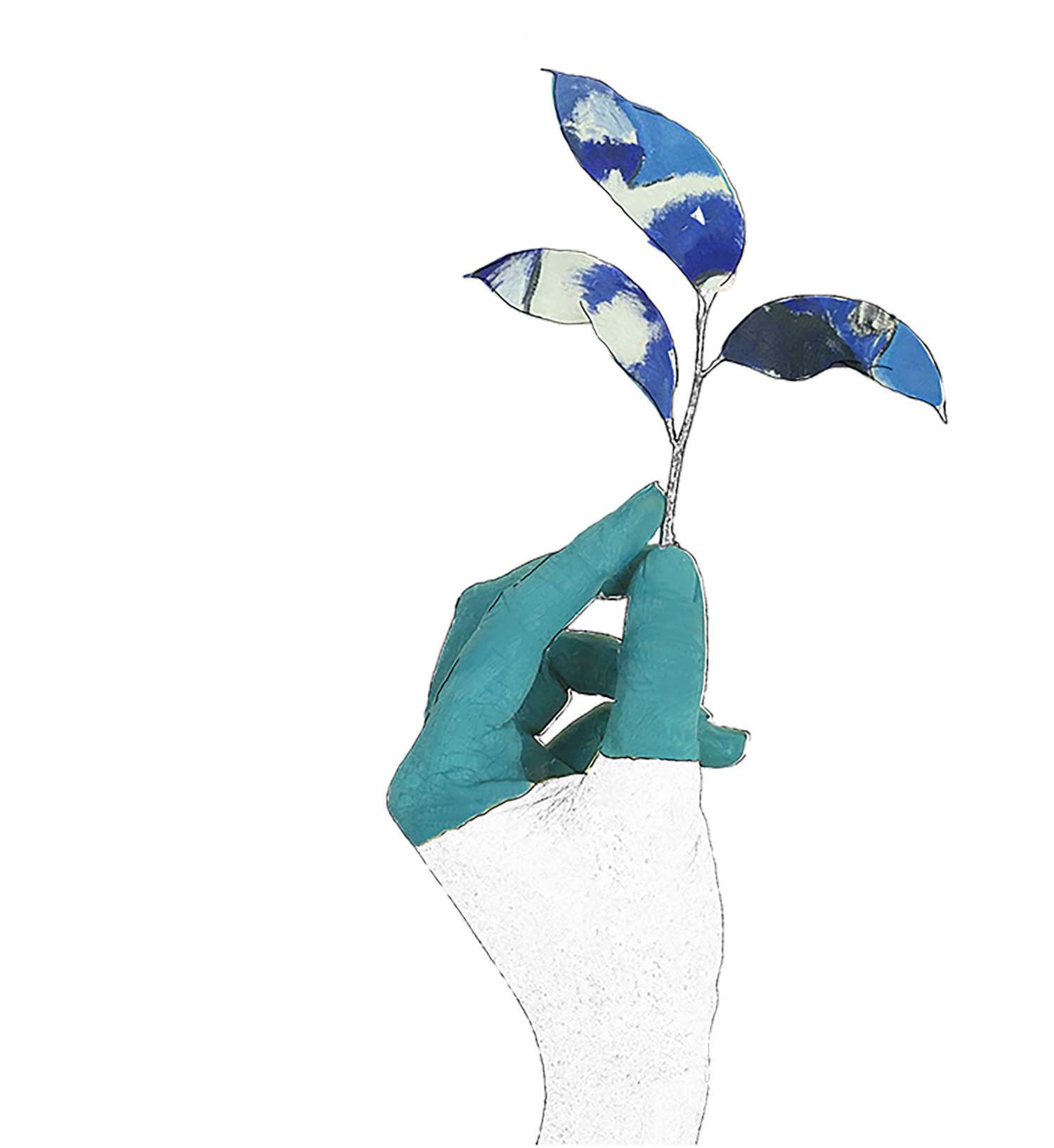turf > terfs: ireland’s movement towards feminism for all
The recent hijack of the London pride parade by trans-exclusionary radical feminists (TERFS) was shocking and upsetting to many. These TERFs (not to be confused with turf, a peat-like fuel often used to heat homes in the west of Ireland, which is way less transphobic) highlighted a divide within the feminist movement that has widely flown under the radar, except to those impacted negatively by it. In the context of this recent insult to, and attack on, trans people in the UK, I decided to explore how Ireland and its feminism relate to people who do not identify as cisgender women.
In my own limited experience, the feminist movement within Ireland has come across as rather inclusive of trans rights. Careful language was used around the abortion referendum, with activists and canvassers speaking of “people who need abortions” at the doors, rather than narrowing our focus to the women who need this procedure. The grassroots campaign was spearheaded by women, trans, and non-binary individuals, and this was reflected throughout the process of working for a Yes vote. Since the referendum, much focus has been on the wording of the law which will be put into place, to insure it is inclusive of people who could get pregnant, but do not identify as women.
When I started looking into the laws around gender in Ireland, I was pleasantly surprised. Since 2015, Ireland has become one of the few countries globally which allows for a legal gender change on official documents without having undergone medical procedures or governmental assessments. This unfortunately is limited to individuals over the age of 18, or in special circumstances, between 16 and 18. It’s not perfect, but this law goes a long way towards helping individuals who wish to legally change their gender. A recent trans pride parade in Dublin, the first of its kind, also indicates a shift in the discourse surrounding gender in Ireland. No longer are trans people invisible in this country, but they are making themselves heard, and, I would like to think, are supported by the majority of people who call themselves feminists.
With all of the positivity and forward movement in trans rights that has been publicised lately, it would be very easy to think that Ireland is top of the class for accepting individuals’ genders. The dark corners of twitter, with people all too ready to dismiss trans individuals, and a number of high-profile cases however, have thrown into focus the work that still needs to be done. In Dublin, a trans man was refused a haircut in a Dublin Barber, after being told “We don’t cut ladies hair”. Thankfully, this barber was eventually fined 5,000 euro and sent on his way. Tragically, this month, a transgender woman died, apparently from an illness, in a men’s ward of a direct provision centre. It is clear that work needs to be done on the ground to educate about and fight for trans rights.
The law may have changed, but attitudes must also be shifted. Irish feminists need to actively, rather than passively, support trans rights, as true gender equality cannot be achieved by including only two genders.
